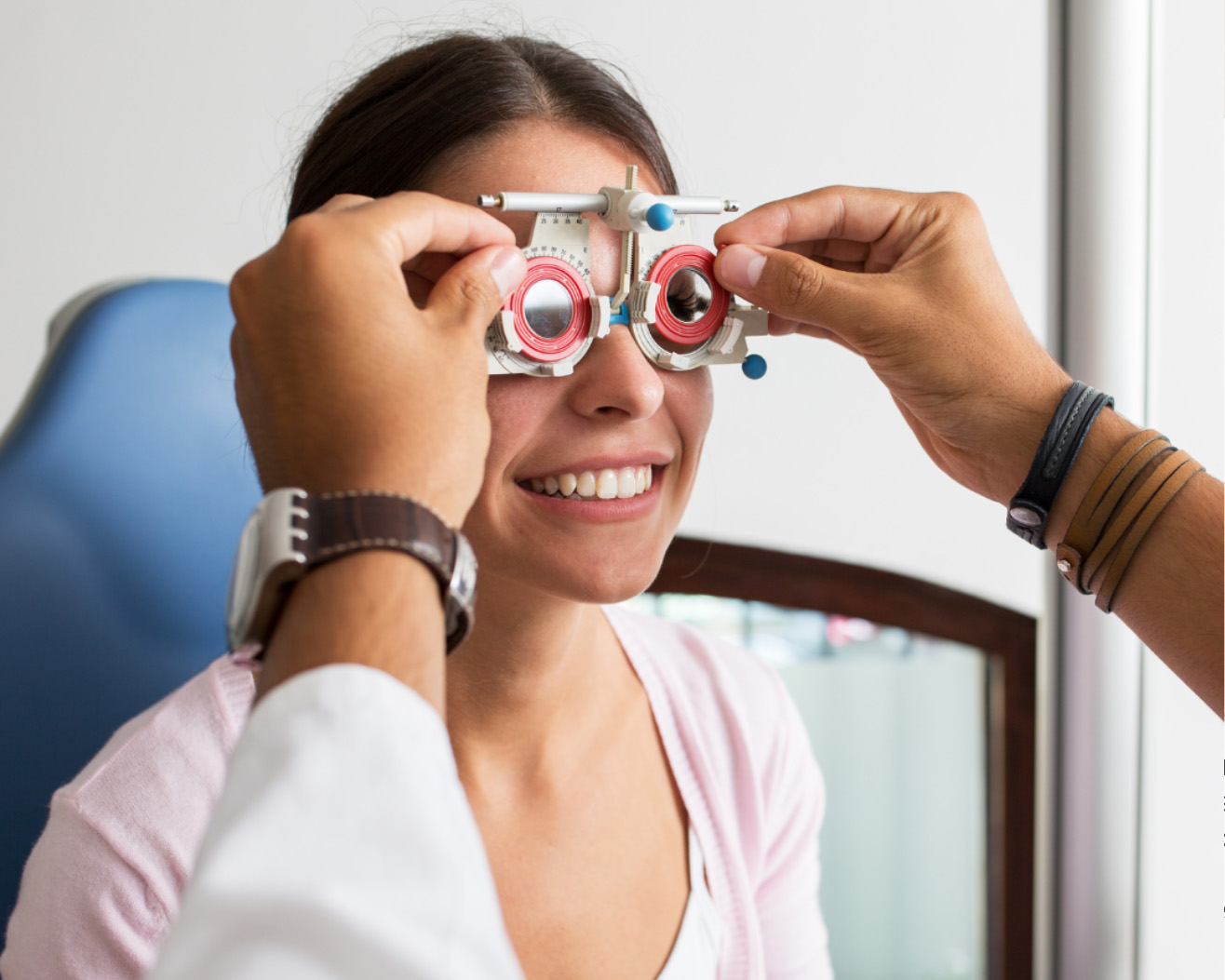This website uses cookies so that we can provide you with the best user experience possible. Cookie information is stored in your browser and performs functions such as recognising you when you return to our website and helping our team to understand which sections of the website you find most interesting and useful.
News
Mind your sight on myopia
CERA and the World Health Organization are encouraging people to look for the earliest signs of myopia and take some simple steps help prevent it.
The Centre for Eye Research Australia and the World Health Organization are encouraging Australians to spend more time outside to help prevent myopia.
Myopia, commonly known as shortsightedness or nearsightedness, is a condition that prevents a person from seeing far away objects clearly.
It is caused by light being focused on the wrong point in the eye, often due to the eye’s lens being an incorrect shape.
While myopia can be easily corrected by glasses or contact lenses, it can affect a child’s education if it is not spotted early.
High myopia is also associated with more serious eye problems later in life, and the condition is on the rise.
“About 2.6 billion people worldwide have myopia, and it is estimated that could increase to 3.36 billion by 2030,” says Dr Katerina Kiburg, Deputy Director of the WHO Collaborating Centre for the Prevention of Blindness at CERA.
“People need to be aware of its signs, especially among children, and think about making some simple lifestyle changes that could slow its progress.”

Signs and symptoms
Myopia is commonly linked to genetics, but it has also been associated with lifestyle factors.
“Spending more time doing things like reading or using a computer, while also spending less time outside, has been associated with higher rates of myopia,” says Dr Kiburg.
“Signs your child might need an eye exam include lots of eye rubbing, sitting too close to the television, and holding a book very closely when they read it.
“If you notice these behaviors, you should take your child to your optometrist for an eye exam.”
To help prevent the onset and progression of myopia, Dr Kiburg also recommends spending more time outside and taking breaks while doing close-up activities.
“Spending at least 90 minutes outside every can help prevent severe myopia, as well as following the 20-20-20 rule: after 20 minutes of doing near-work, look at something 20 feet away for 20 seconds.”
CERA has developed a webpage and factsheet sharing useful information about myopia for easy reference, which can be downloaded for free.
Global collaboration
The campaign is part of CERA’s role as a WHO Collaborating Centre for the Prevention of Blindness to help promote and support eye health in Australia and the world.
Past projects include the development of guidelines for cataract services, the creation of action plans for eye health issues, and sharing technology developed at CERA with WHO.
CERA and WHO also recently launched the WHOEyes App, which allows anyone with a smartphone to test their vision.
“We’re pleased to be able to contribute to the WHO’s work, both here in Australia and as part of international initiatives,” says Dr Kiburg.

